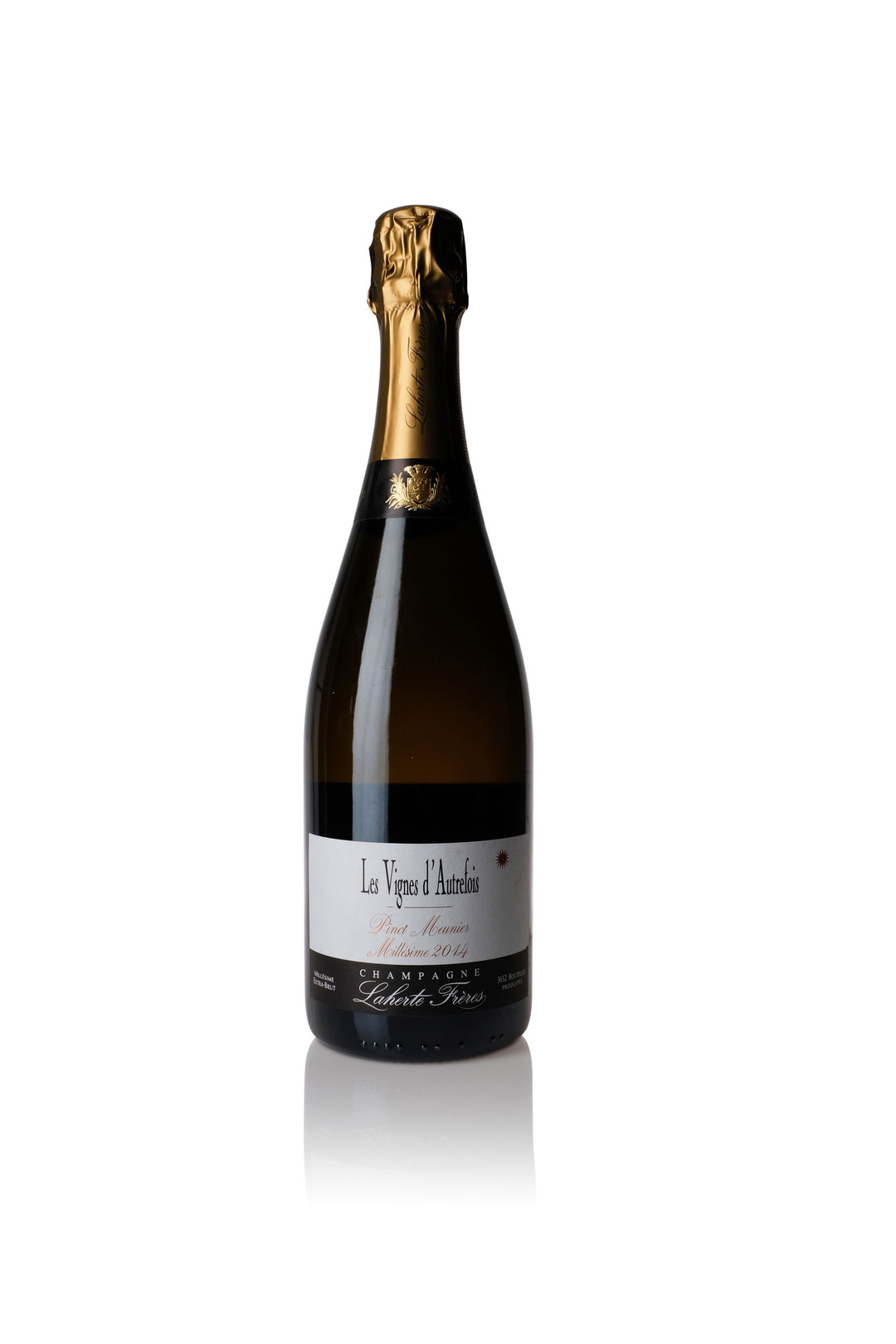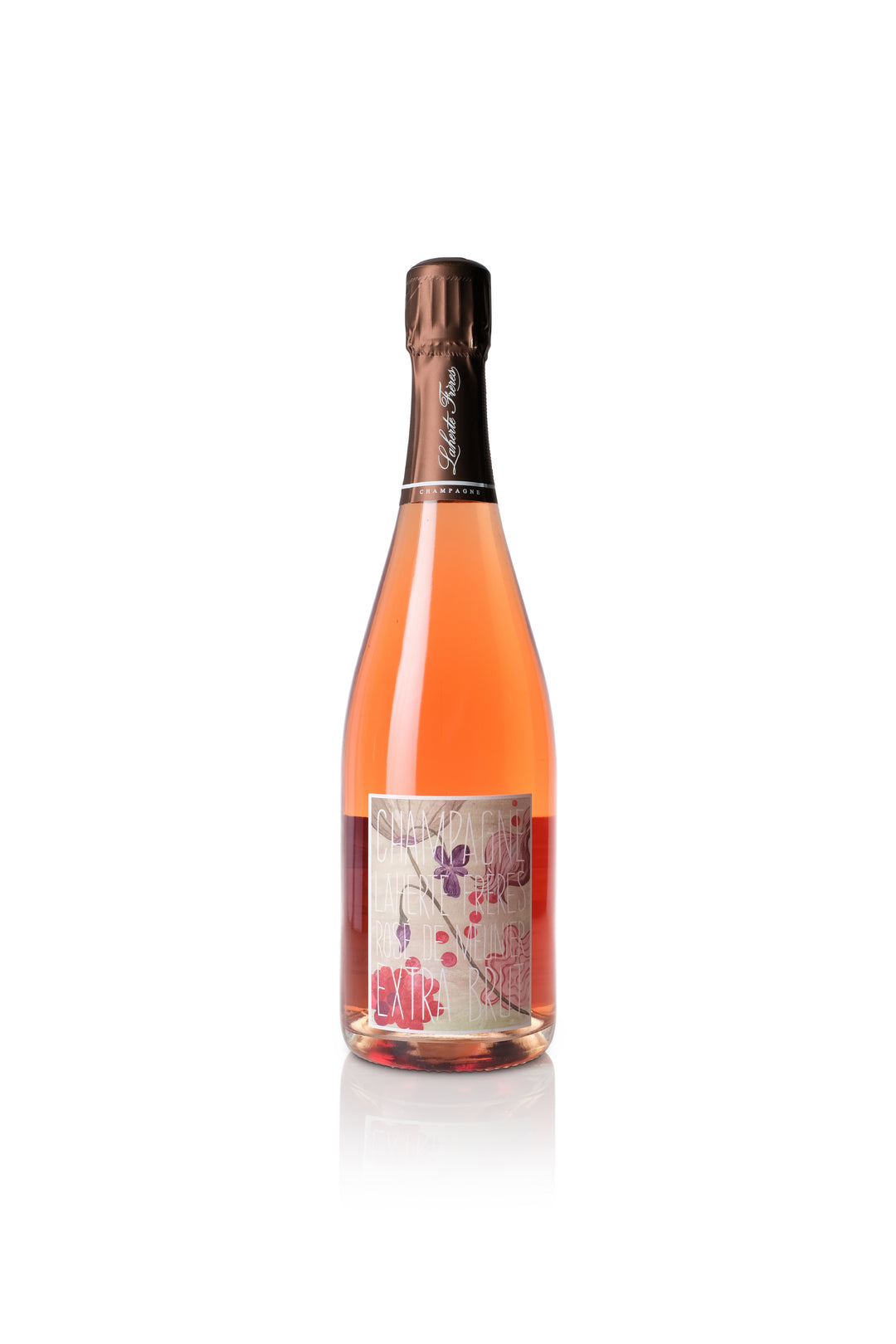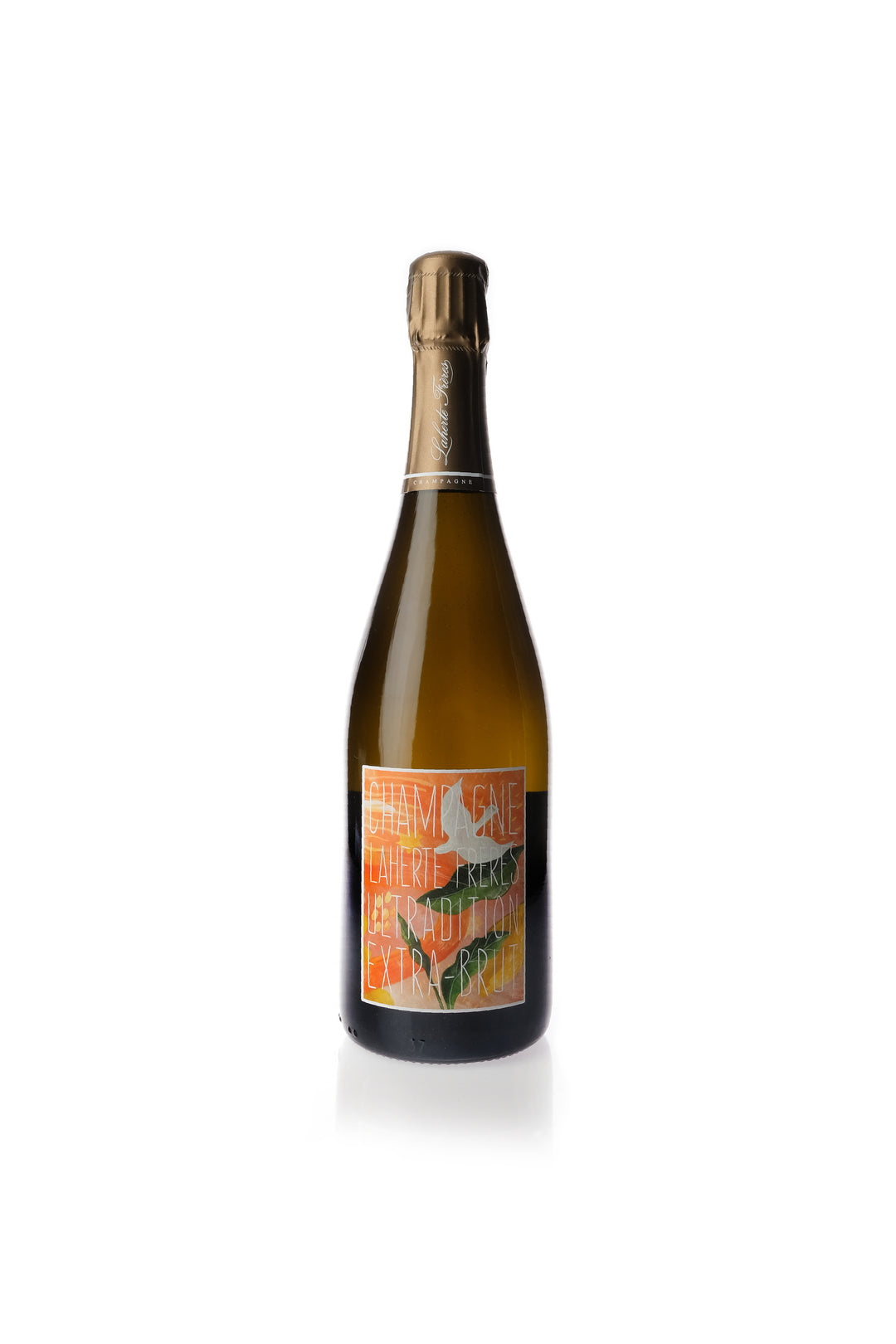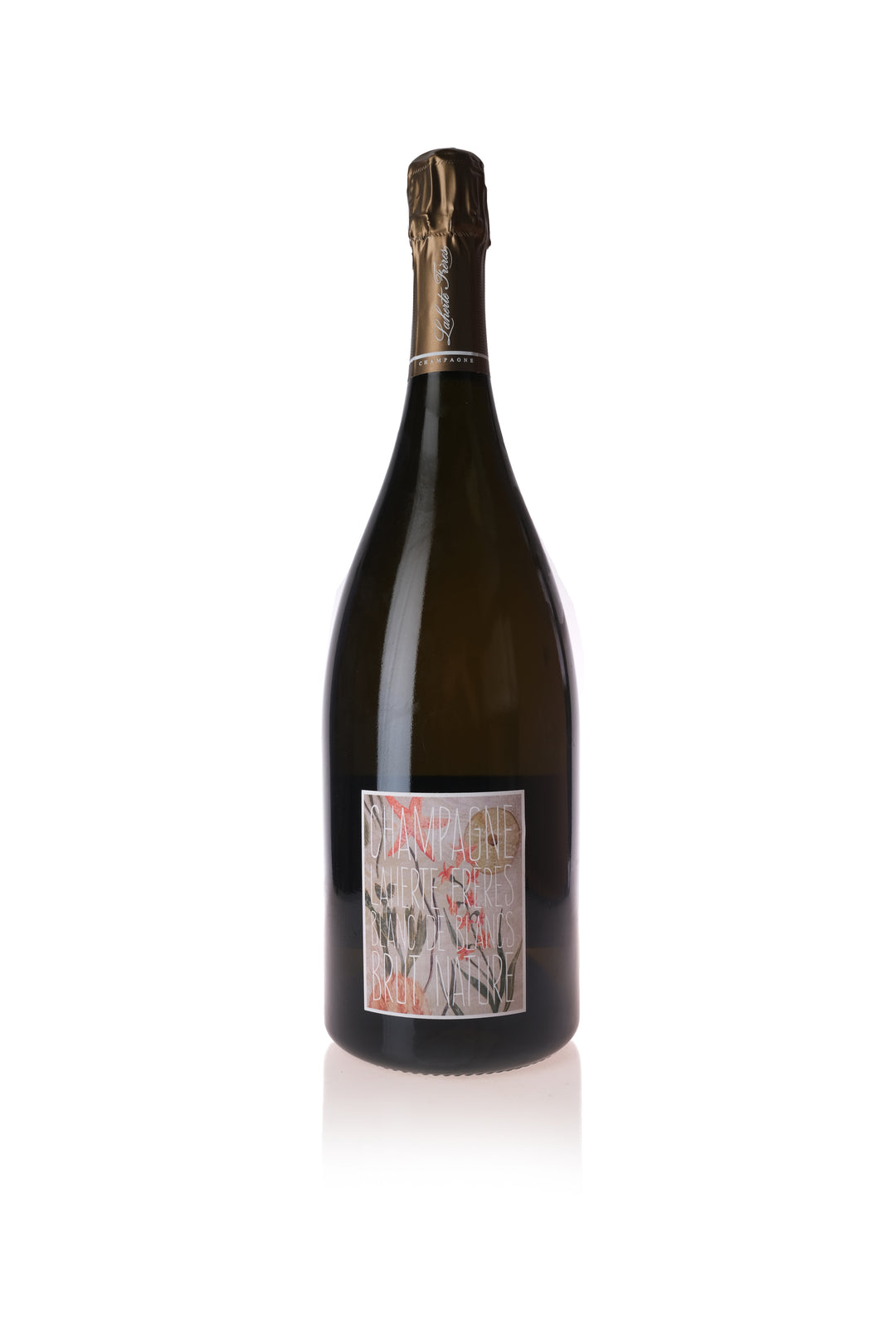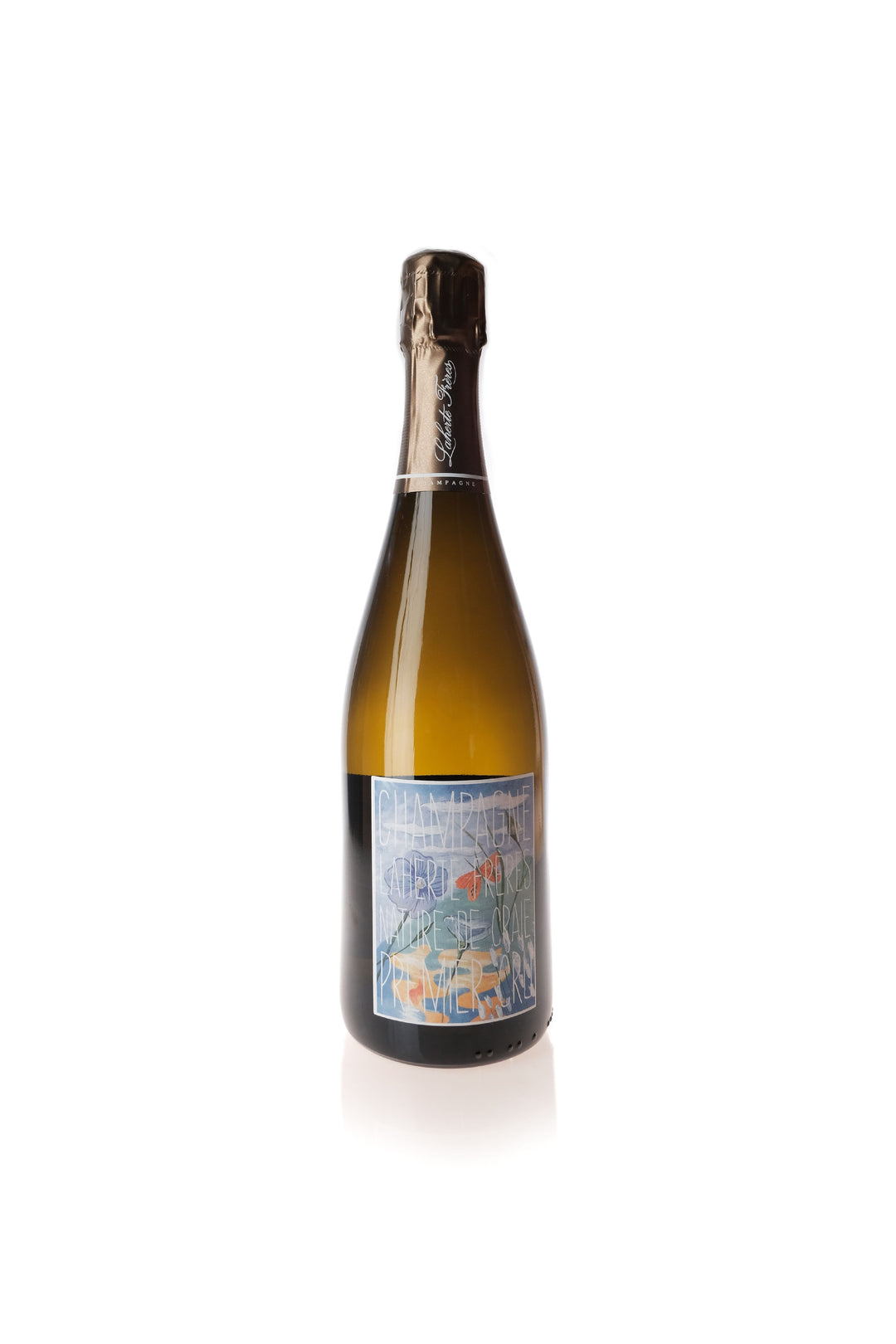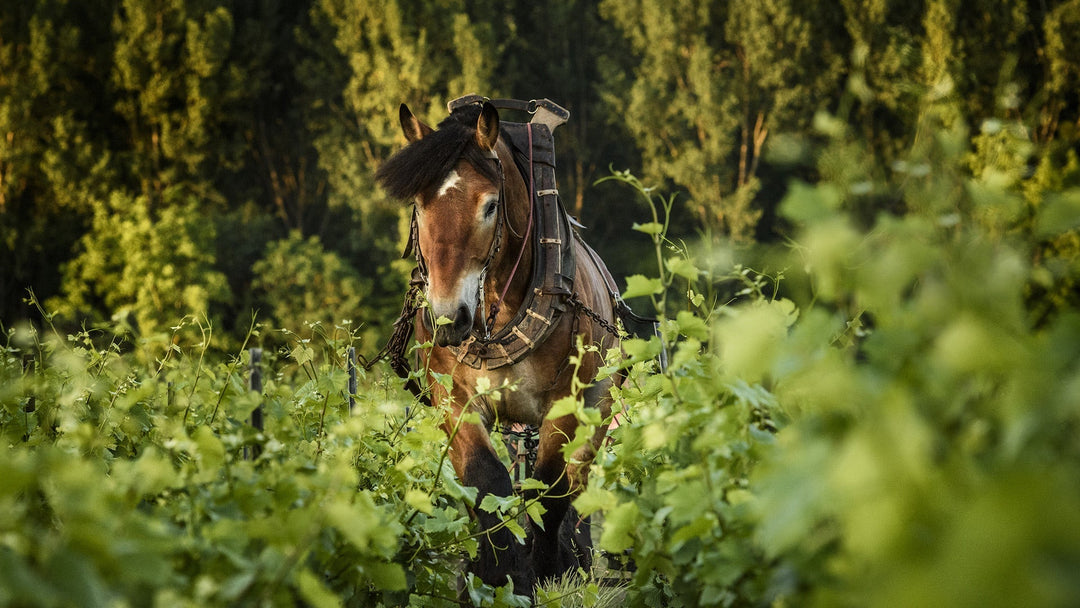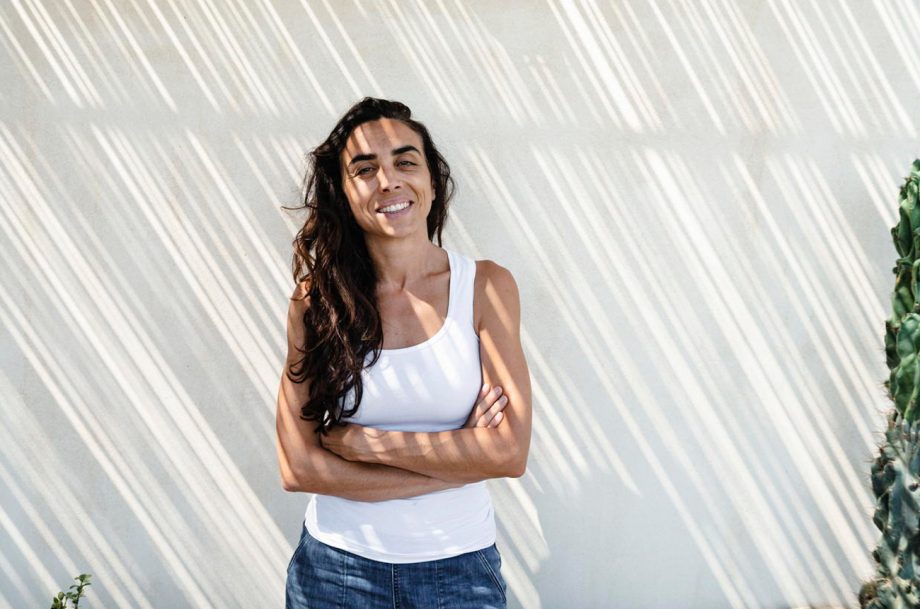LAHERTE FRÈRES
ENERGY, PRECISION, VERVE
—THERE WAS SURELY ELECTRICITY IN THIS JUICE
Life has a way of catching us off guard, and it’s even more momentous when it happens over a glass of wine. A particular memory stayed with us during one of the most impactful glasses we ever consumed. It all happened at Le Grande Cremiere, a natural wine bar in Paris back in 2013. There were many liquids flowing that evening. A glass of Champagne was poured and tasted. Life paused as reality hit. There was surely electricity in this juice—energy, precision, verve. Minerality had hit us over the head. A true testament to the caliber of Laherte was the moment, Gordon Hue—owner of WineCraft, tasted this same wine later on.
With his first sip, his eyes widened.
“You did good, kid. You did really good.”
The wine was Laherte Freres “Brut Nature” Champagne. The winery was tracked down; Aurelien Laherte, proprietor of Laherte, was emailed. Thereafter, WineCraft was one of the first importers of Laherte Freres Champagne. Determination prevailed, and the wines were being poured by the glass in Cincinnati restaurants within the year.
The Laherte family resides in the Coteaux Sud d’Epernay, the area just south of Epernay between the Vallée de la Marne and the Côte des Blancs. Aurélien Laherte is particularly young and ambitious. Perhaps this is why his wines stand apart from the other grower Champagnes. Surely, he takes inspiration from his advocacy for old vine Pinot Meunier, a niche that has been experimented with more and more by the current generation. The family are growers by nature, but are technically classified as negociants as they sell grapes within the family.
Aurélien has long been dubbed one of the “stars in Champagne.” In his masterful book The Essential Guide to the Wines, Producers, and Terroirs of the Iconic Region, Peter Liem says “Laherte’s champagnes are full in flavor and strongly imprinted by place, reflecting the earthy, stony terroirs of the Coteaux Sud d’Epernay.” Aurélien does not have a recipe for a single wine. Each vineyard site has varying soil types and each blend has its trademark distinction. One consistency is his quest for excellence in committing to sustainable and biodynamic viticulture. He also prefers very low dosage (added sugar), backing his preference for the minerality to speak first. Regarding the tedious art of blending, “They’re like people; one needs to be strong, one of them weak, one bitter, one elegant.”
The Laherte legacy forms a solid backbone to the current seventh generation. Jean-Baptiste Laherte began Laherte Freres in 1889. The grapes were then sold to local cooperatives, a practice common to the region. Michel Laherte, the fifth generation, began bottling his juice under his own label. Aurélien took full control of the estate in 2005, and continues to look forward while maintaining a sense of loyalty to family tradition. The family’s transition from selling grapes to bottling their own showcases a common shift seen among Champagne producers today; the transition from quantity to quality—bulk production to small. The family owns about 75 small parcels in total encompassing all manner of soil types like chalk, limestone, and clay. The Laherte family, with Aurélien at the helm, have earned themselves a reputation as one of the most compelling and revolutionary producers in Champagne.
It is no understatement to say that Aurélien maintains an acute sense of detail. One example is his crafting of a single bottle he calls “Les 7.” Aurélien chose to grow all seven varieties permitted in the region, while most other growers focus on the main three. He picks and presses all seven together making an intricate wine called a perpetual cuvée, better known as a solera Champagne. Les 7 contains wine not only from the current vintage, but draws bits of reserve wine from all harvests dating back to 2005, the year he took over the domaine. In the cellar, the family boasts two Coquard vertical presses, allowing the grapes to be crushed very quickly. “It’s better that we wait for the grapes rather than having the grapes wait for us,” says Aurelien.
Lutte raisonée is an all too common topic in Champagne. It means simply the “reasoned fight,” a summary of the ongoing battle winemakers have growing vines while dealing with aggravating weather conditions while avoiding usage of chemicals on the vines. Aurélien states dryly, “Tous le monde a raisin..” meaning “everyone thinks they’re reasonable.” There are no laws maintaining this practice; one grower might think it necessary to spray herbicides while another can practice organics. Both could claim the same practice. The term appears to bear no deeper meaning, though Aurélien takes the practice rather seriously.
Aurélien envisions his Champagne as more than mere sparkling wine. In 2009, he was part of the creation of Terres et Vins de Champagne. The event networked like-minded growers to bring their wine to the table, but it was no ordinary tasting. Everyone tasted each other’s still wines, a first for the region. A true grower should be able to communicate a sense of place in their wine, especially if it is their still wine.
Grower Champagne is a topic that needs to be discussed in the mainstream wine community. The distinction between growers and non-grower producers is summed up by who is growing and bottling the juice. Growers take a hands-on, small-production approach. The wines consistently find their way into our wine glasses while effortlessly summoning memories of good cheer. Every sip of their Champagne is just as exceptional as that first sip was back in 2013.
the CRU





